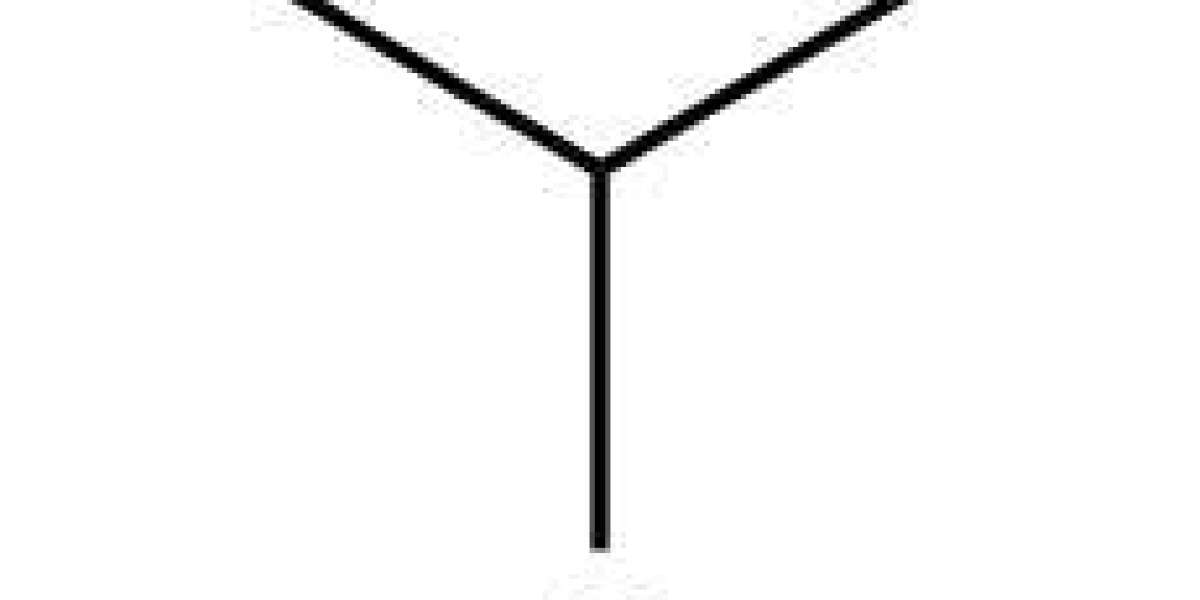What is isobutane? What is the use of isobutane? Isobutane (i-butane) is an isomer of butane. Isobutane is also an LPG – Liquefied Petroleum Gas – as are butane and propane. The main use of isobutane is in refineries, as a gasoline – petrol – additive. However, isobutane is different in some important ways.
What is Isobutane? Difference Between n Butane and Isobutane
Difference between n butane and isobutane is that isobutane (i-butane) is an isomer of normal butane (n-butane). That means it has the same chemical formula as butane – C4H10 – but has a different arrangement of its atoms, as you can see in the 3-D model images. Isobutane is converted from butane in a isobutane production process called isomerization.
As with normal butane (n-butane), isobutane (i-butane) is a flammable hydrocarbon gas that is liquefied through pressurisation. However, it has different physical properties from normal butane (n-butane). Isobutane is colourless with a weak petrol odour. It is both very flammable and gas/air mixtures can be explosive. Isobutane vapour (gas) is heavier than air. It is classified as LPG, along with propane, butane and mixes of these gases.
Isobutane Production Process
Isobutane production is converted from butane (n-butane) in a process called isomerization. The isobutane production process rearranges the atoms into a different molecular configuration. The component atoms are the same but are arranged in a different geometric structure. This isomerization happens in something called a butamer unit and includes the use of platinum or another metal catalyst.
In this isobutane production process, only some of the butane is actually converted to isobutane. After the butamer process, the output mixture goes through a fractionator or deisobutanizer tower that separates the unconverted butane from the isobutane production.
Uses of Isobutane – What is the Use of Isobutane
The main use of isobutane is in refineries, as a gasoline – petrol – additive. There, isobutane is processed through an alkylation unit to make an alkylate. It is used to make isooctane, a high octane gasoline component, which increases the octane rating and anti-knock properties of gasoline. It is rated at 100 points on the octane rating scale. In addition to being used as a fuel, isobutane is commonly used as a refrigerant (R600a) and a propellant. Isobutane is an excellent refrigerant and eco-friendly minus the ozone harming properties of CFCs.
It can be used as a replacement for R-12, R-22, R-134a, and other chlorofluorocarbon or hydrofluorocarbon refrigerants, in conventional refrigeration systems. Whilst it is flammable, there have been few problems in the millions of refrigeration units worldwide. Isobutane has very low global warming potential and insignificant ozone depletion potential. Another important use of isobutane is as a feed stock for plastics. It is used to manufacture propylene oxide for use in making polyurethane plastics. Another use of isobutane is as a solvent.



